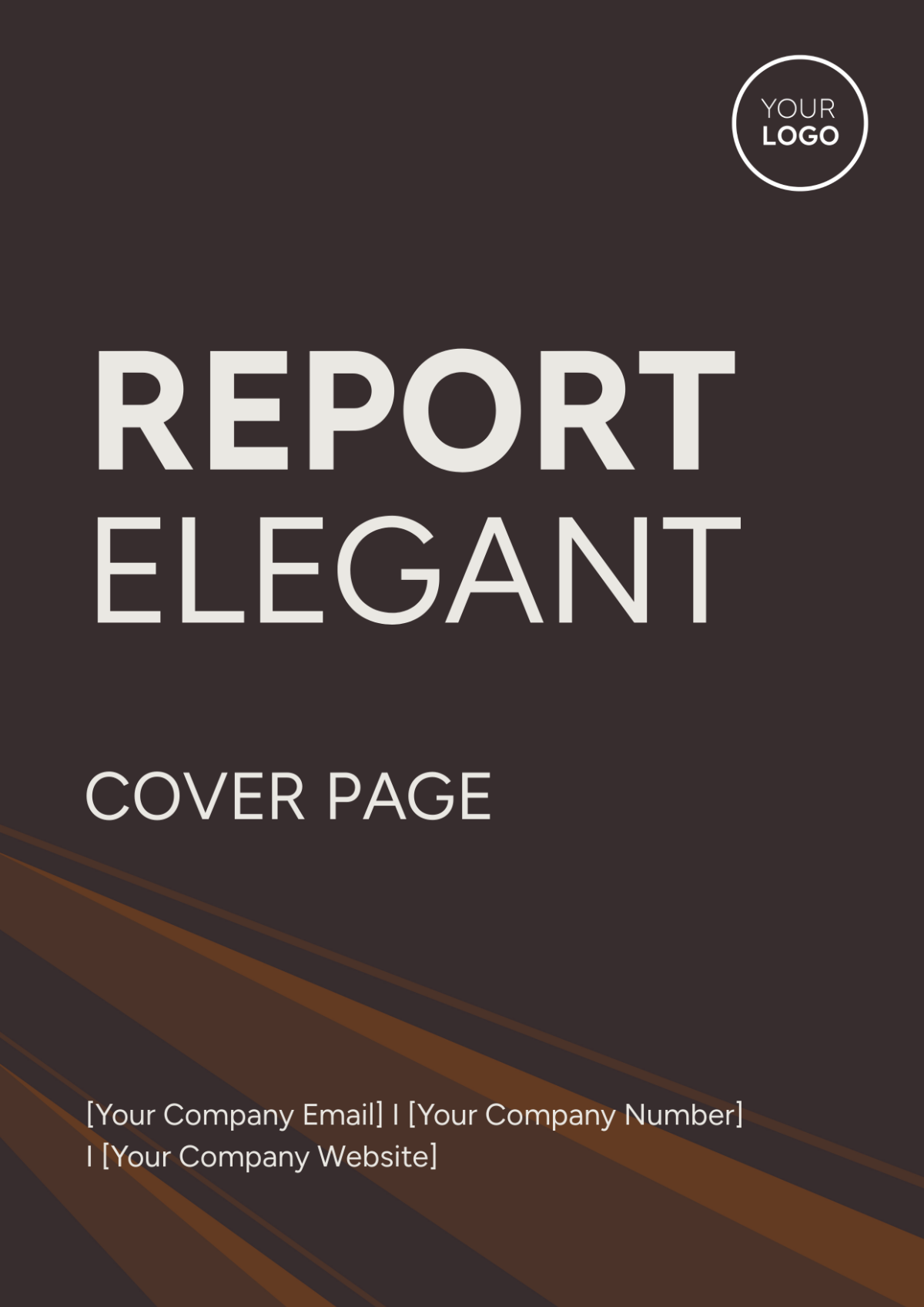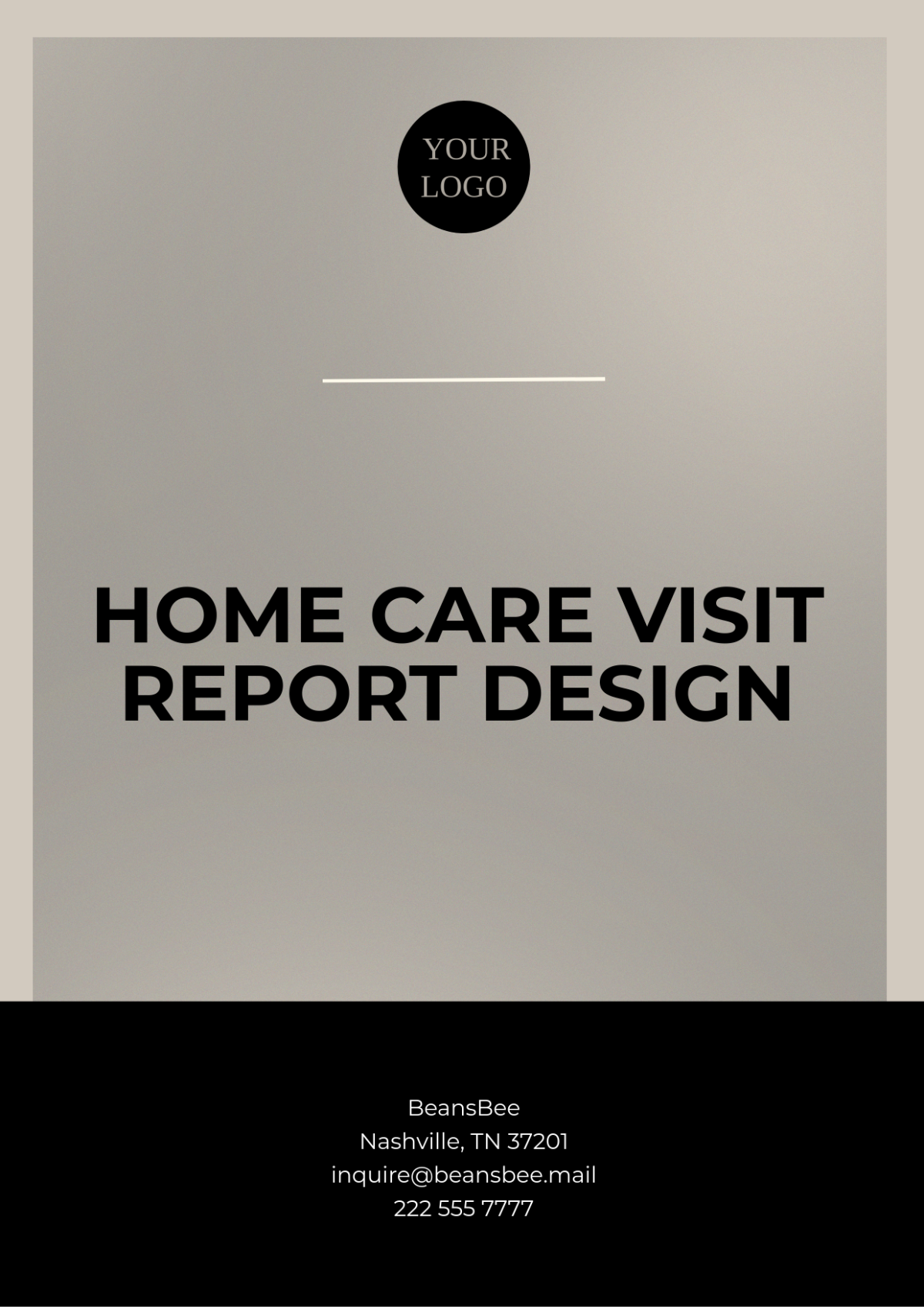Design Project Report
Project Title: | [ENTER THE TITLE OF THE PROJECT] |
Student's Name: | [Your Name] |
Date of Submission: | [DATE] |
I. Introduction
A. Project Overview
The project aims to redesign the user interface of an e-commerce platform to improve user experience and increase conversion rates. It involves revamping the website's navigation, checkout process, and overall aesthetics to align with modern design trends and user preferences.
B. Stakeholders
Project Manager: [Your Name]
Design Team: Jane Smith (Lead Designer), Mark Johnson, Emily Brown
Development Team: Sarah Lee (Lead Developer), Michael Clark, David Wilson
Marketing Department: Amanda Jones, Ryan Taylor
Client: [Your Company Name]
II. Methodology
A. Approach
The design process follows a user-centered design approach, incorporating principles of usability and accessibility. Tools such as Adobe XD and Figma are utilized for design mockups and prototyping, while frameworks like Material Design and Bootstrap guide the visual and interaction design.
B. Research
Extensive user research was conducted through surveys, interviews, and usability testing sessions. Market analysis included studying competitors' websites and analyzing industry trends to identify opportunities for improvement.
C. Design Process
The design process comprises ideation, wireframing, prototyping, and iterative testing. Collaboration tools like Miro and Slack facilitate communication and feedback exchange among team members.
III. Findings
A. Key Insights
Users expressed frustration with the complex checkout process and lack of mobile responsiveness. Competitor analysis revealed the importance of personalized recommendations and social proof in driving conversions.
B. Data Analysis
Quantitative data from website analytics showed high bounce rates on product pages, indicating potential issues with content or navigation. Qualitative feedback highlighted the need for clearer product descriptions and streamlined navigation.
C. User Feedback
Usability testing revealed positive reactions to redesigned prototypes, particularly improvements in mobile responsiveness and simplified checkout steps. Survey responses emphasized the importance of trust signals and intuitive navigation.
IV. Design Process
A. Concept Development
Initial design concepts focused on decluttering the interface, emphasizing product imagery, and optimizing the checkout flow. Iterative feedback sessions with stakeholders helped refine design choices.
B. Prototyping
Interactive prototypes were developed using Adobe XD, allowing stakeholders to experience the redesigned interface firsthand. Wireframes and mockups were iterated upon based on user feedback and usability testing results.
C. Iterations
Feedback gathered from numerous rounds of testing was systematically integrated during multiple design iterations, which focused on addressing and resolving usability issues, as well as refining and enhancing visual elements to ensure consistency and coherence throughout the project.
V. Outcomes
A. Final Design Solutions
The finalized design solutions feature a clean and intuitive interface, with prominent product images, simplified navigation menus, and a streamlined checkout process. Visual designs adhere to the brand's style guide while incorporating modern design trends.
B. Deliverables
Deliverables include design files (Adobe XD), style guides, and documentation outlining design principles and UI patterns. Assets such as icon sets and imagery libraries are also provided to support implementation.
C. Impact
Post-launch analysis demonstrates a significant improvement in conversion rates and user engagement metrics. Positive feedback from users and stakeholders indicates increased satisfaction with the redesigned interface.
VI. Recommendations
A. Future Actions
Future actions include ongoing usability testing to identify and address any remaining pain points. Additionally, implementing personalization features and social proof elements can further enhance user experience and drive conversions.
B. Lessons Learned
Key lessons learned include the importance of involving stakeholders early in the design process and prioritizing mobile responsiveness in UI design. Effective communication and collaboration among team members are critical for successful project outcomes.
C. Next Steps
The next steps involve monitoring user feedback and analytics to continue refining the interface based on user behavior and evolving business needs. Regular design audits and updates ensure the website remains competitive in the ever-changing digital landscape.
VII. Conclusion
A. Achievements
The redesign project successfully achieved its objectives of improving user experience and increasing conversion rates. The collaborative effort of the project team resulted in a visually appealing and user-friendly interface that meets both user expectations and business goals.
B. Challenges
Challenges encountered included balancing design aesthetics with functional requirements and addressing technical constraints within project timelines. However, proactive problem-solving and effective communication helped overcome these challenges.
C. Gratitude
Special thanks to the project team members, stakeholders, and clients for their dedication, collaboration, and support throughout the design process. Their valuable insights and contributions were instrumental in the project's success.
VIII. Appendices
Sketches: Early-stage sketches and concept drawings illustrating design ideas and brainstorming sessions.
User Feedback: Detailed summaries of user feedback from usability testing sessions, including observations and recommendations for improvement.
Technical Specifications: Technical documentation outlining system requirements, platform compatibility, and design implementation guidelines for developers.





































